When people think about Roman ruins, their minds usually jump straight to Italy – the Colosseum, Roman Forum, or Pompeii. But something might surprise you: the Romans were incredible builders who left their mark across three continents.
From the misty hills of Britain to the sun-baked deserts of North Africa, they constructed cities, temples, and fortresses that have stood the test of time. These ancient wonders are hiding in plain sight, just waiting to be explored.
Some are next to modern cities, while others stand alone in remote landscapes that have almost remained unchanged since Roman times.
Baalbek, Lebanon
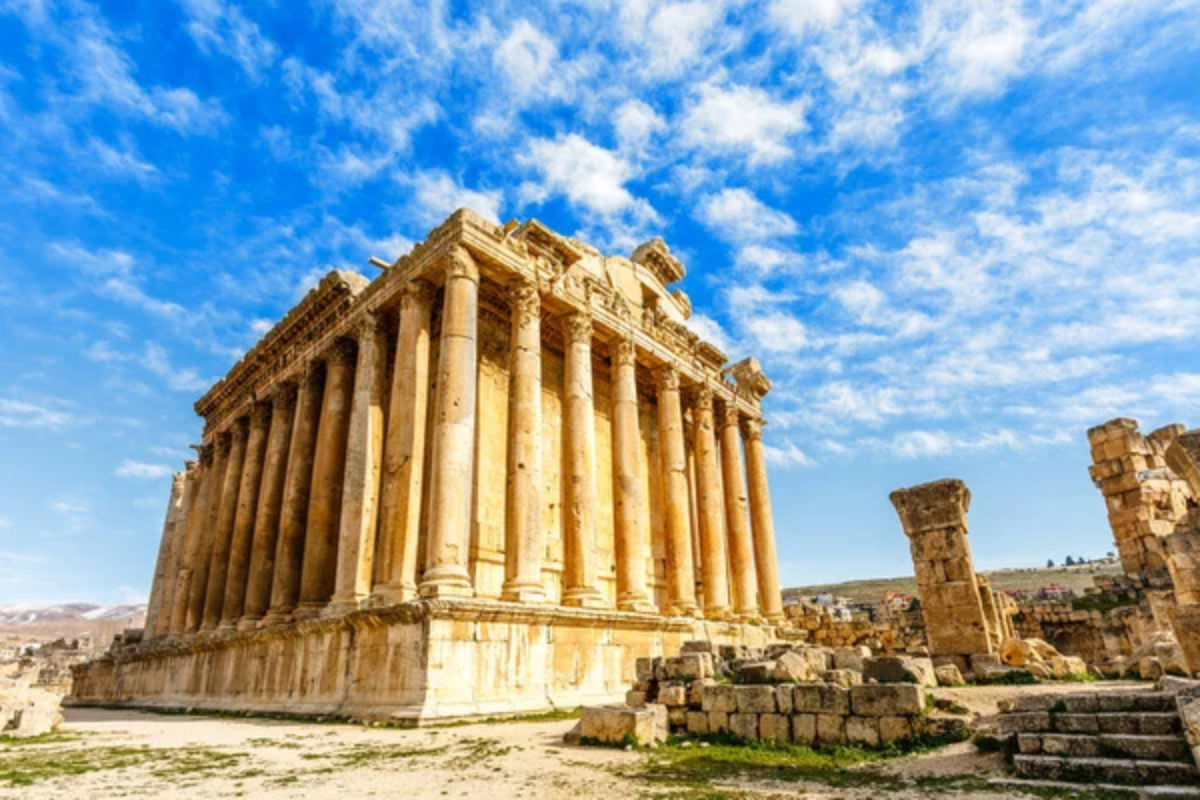
Standing proudly in Lebanon’s Beqaa Valley, Baalbek houses some of the largest and best-preserved Roman temples ever built. Its Temple of Bacchus still has forty-two massive columns, each reaching higher than a four-story building.
Local guides love telling visitors how these massive stone blocks were moved without modern machinery, and some blocks in the foundation weigh more than three fully loaded semi-trucks. The site feels more like a city built for giants than a place made by human hands.
Jerash, Jordan
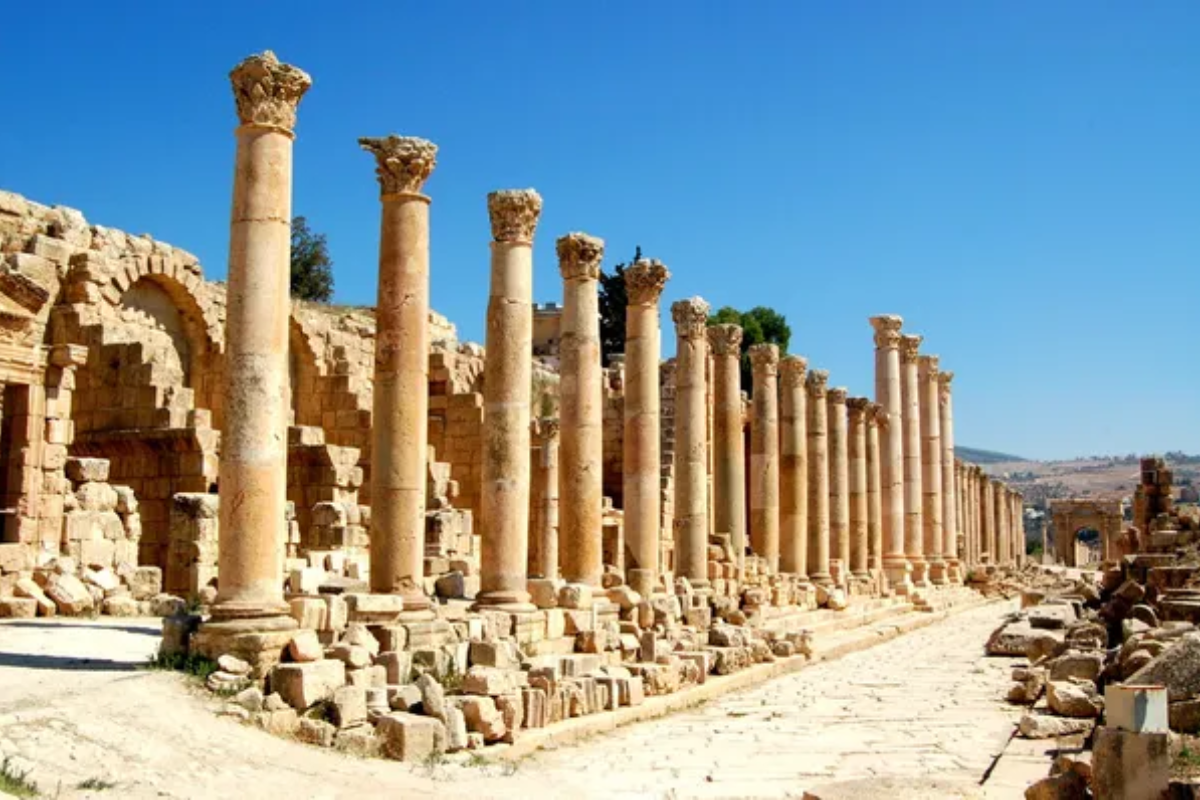
Jordan’s ancient city of Jerash survived so well that you can still hear the echoes of Roman sandals on its original stone streets. Its massive hippodrome once hosted chariot races for 15,000 spectators, and today, you can watch local teams recreate these thrilling shows.
The city’s colonnaded street stretches for nearly half a mile, lined with the same shops and temples that once buzzed with Roman traders and priests. Every July, the ruins come alive during the Jerash Festival, where modern performers use the 2,000-year-old Roman theaters just like ancient actors did.
Like Travel Pug’s content? Follow us on MSN.
Volubilis, Morocco
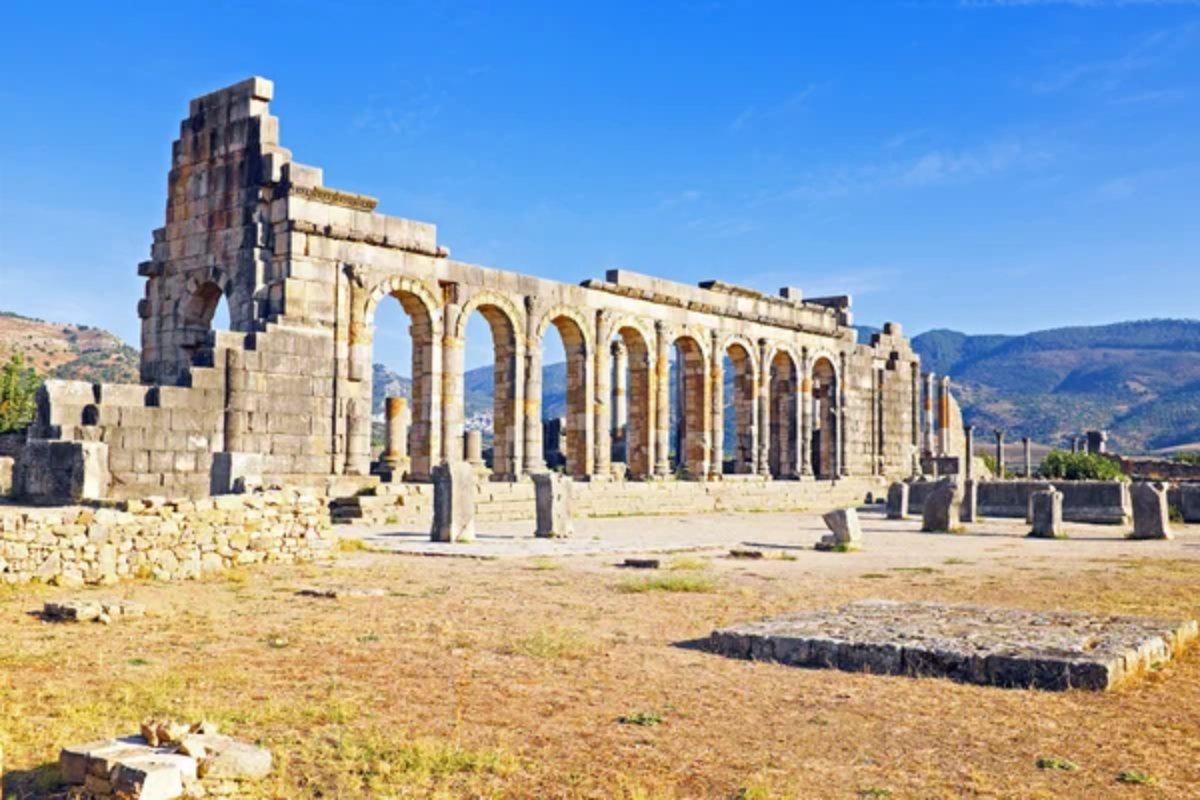
These sprawling ruins in northern Morocco tell stories of Rome’s most distant western African outpost. The stunning mosaic floors still show their original colors, protected by the gentle desert climate for nearly 2,000 years.
Local workers spend countless hours keeping these ancient artworks safe from the harsh sun, and their dedication shows in every perfectly preserved scene. Visitors can walk through neighborhoods where olive merchants once lived, with private bathrooms that worked better than modern plumbing.
Leptis Magna, Libya
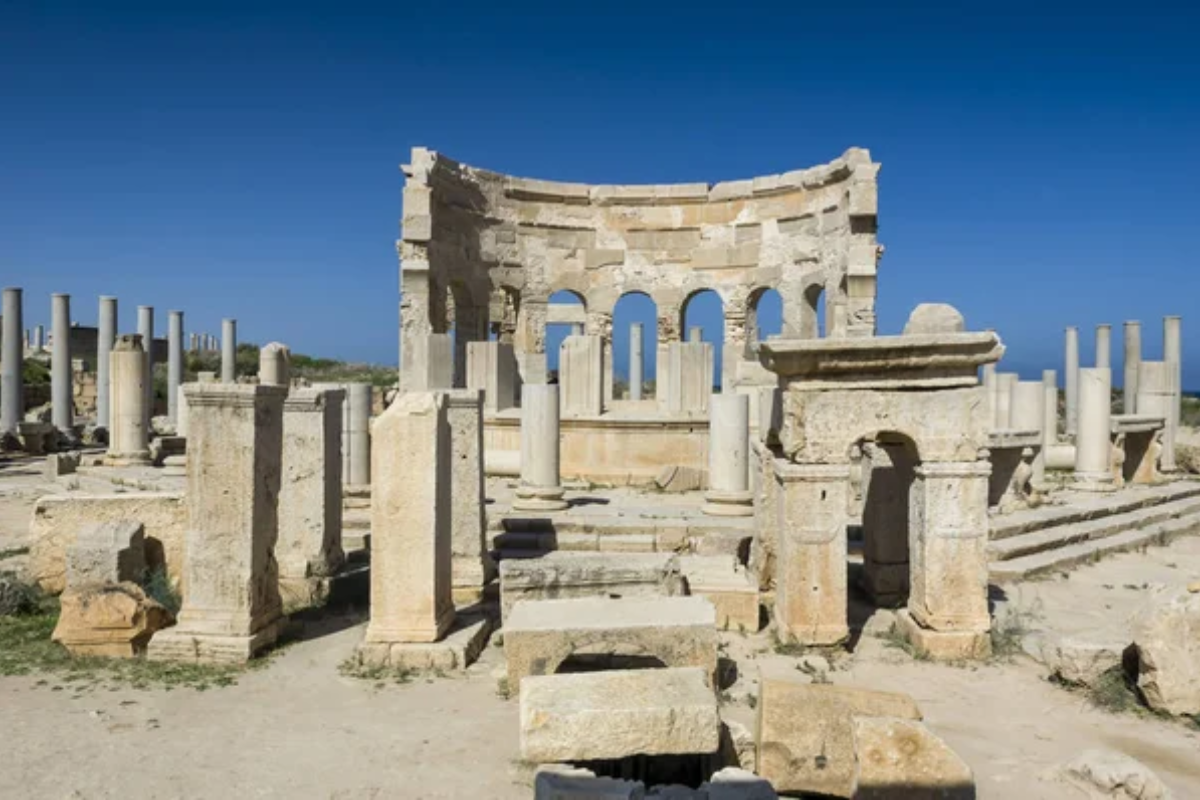
The sandy shores of Libya hide one of Rome’s most complete ancient cities, often called ‘Rome in Africa.’ Its massive theater, built right next to the Mediterranean, once hosted plays where the sound of waves mixed with ancient dialogues.
The marketplace still has stone counters where fish sellers display their daily catch, complete with drainage systems to keep the area clean. You can still see the original harbor where ships from across the empire once docked, though now it sits silently under the North African sun.
Timgad, Algeria
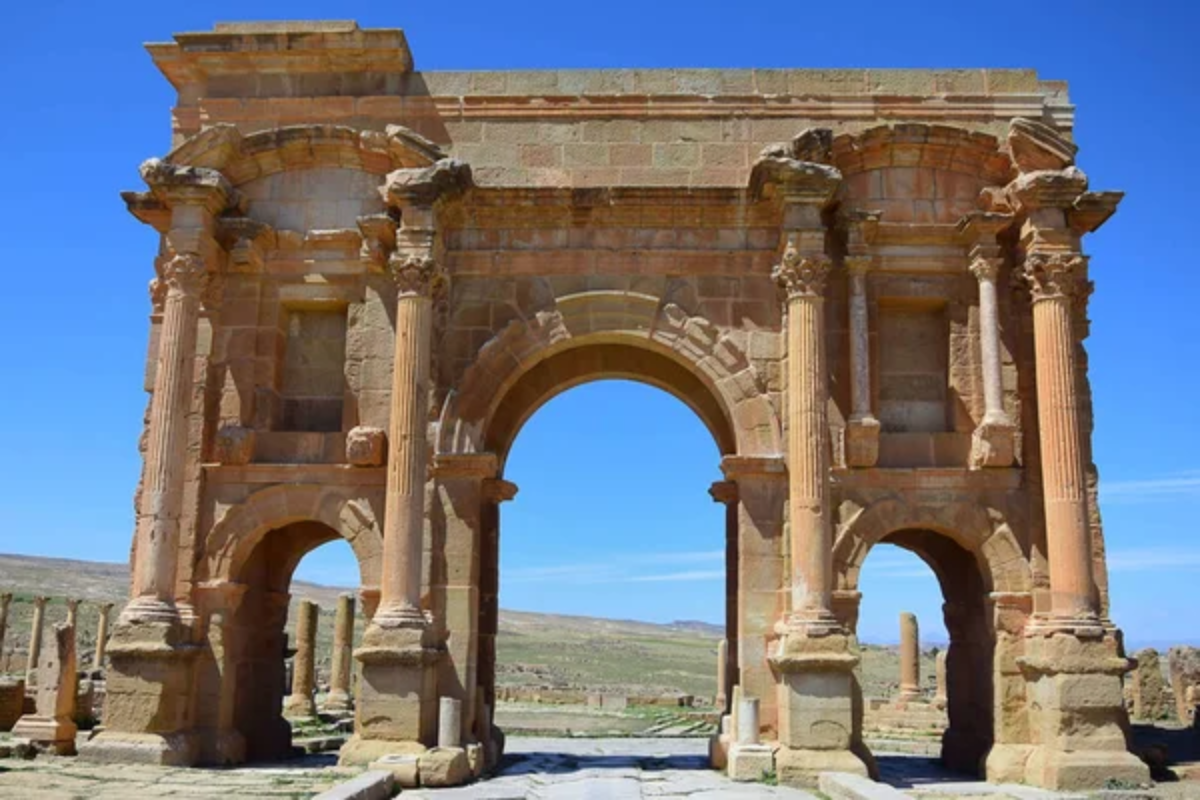
This desert city was built with such perfect Roman planning that you could drop a modern GPS into its streets, and it would work like a dream. The library once held thousands of scrolls, and its stone shelves still line the walls exactly as they did when Roman scholars browsed them.
Every street corner has a small fountain where locals once gathered to gossip and collect water, showing how some human habits never change. The city’s perfect grid layout helped it earn the nickname ‘The Pompeii of North Africa,’ though it sits far from any volcano.
Like Travel Pug’s content? Follow us on MSN.
Conimbriga, Portugal
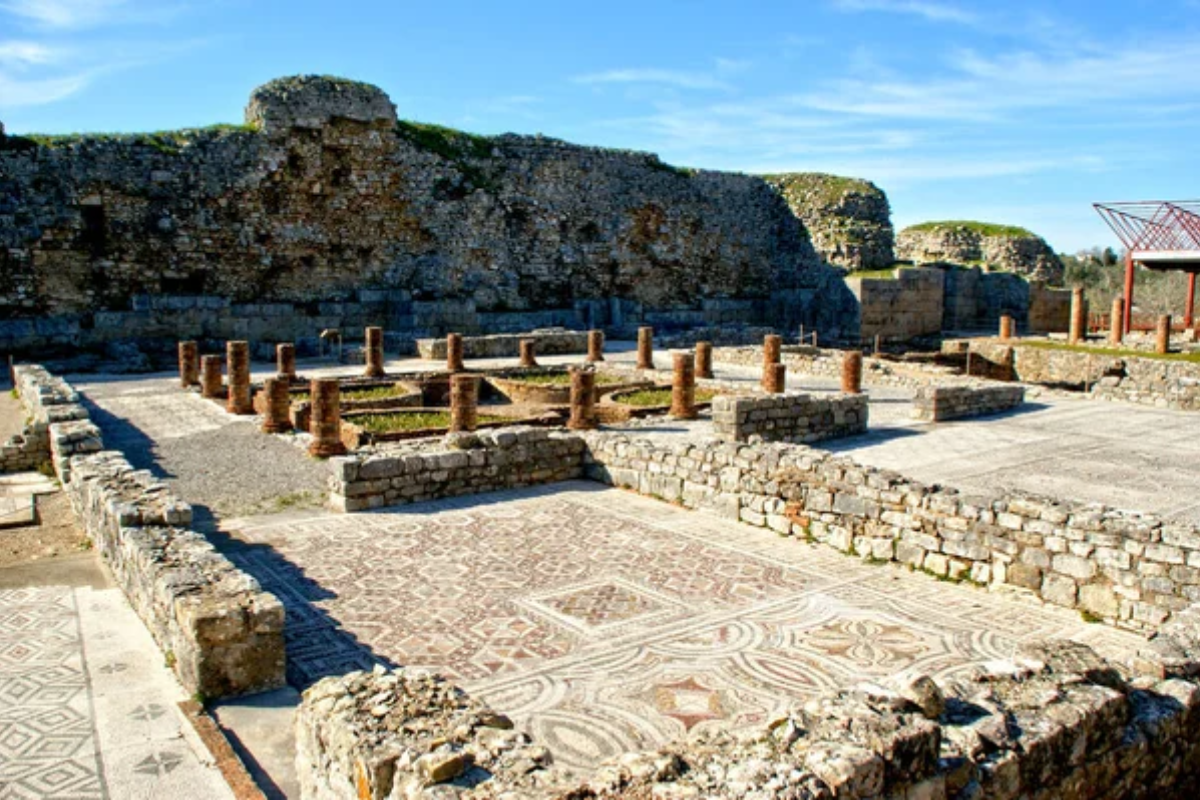
Portugal’s best-preserved Roman city showcases some of the most sophisticated plumbing systems ever built by the Romans. The wealthy homes here had heated floors and private baths, luxuries that wouldn’t become common again in Europe for another 1,500 years.
Gardens that once bloomed with imported plants now showcase original irrigation systems that still work after two millennia. The defensive walls tell stories of the city’s final days when locals made them thicker to defend against invaders.
Butrint, Albania
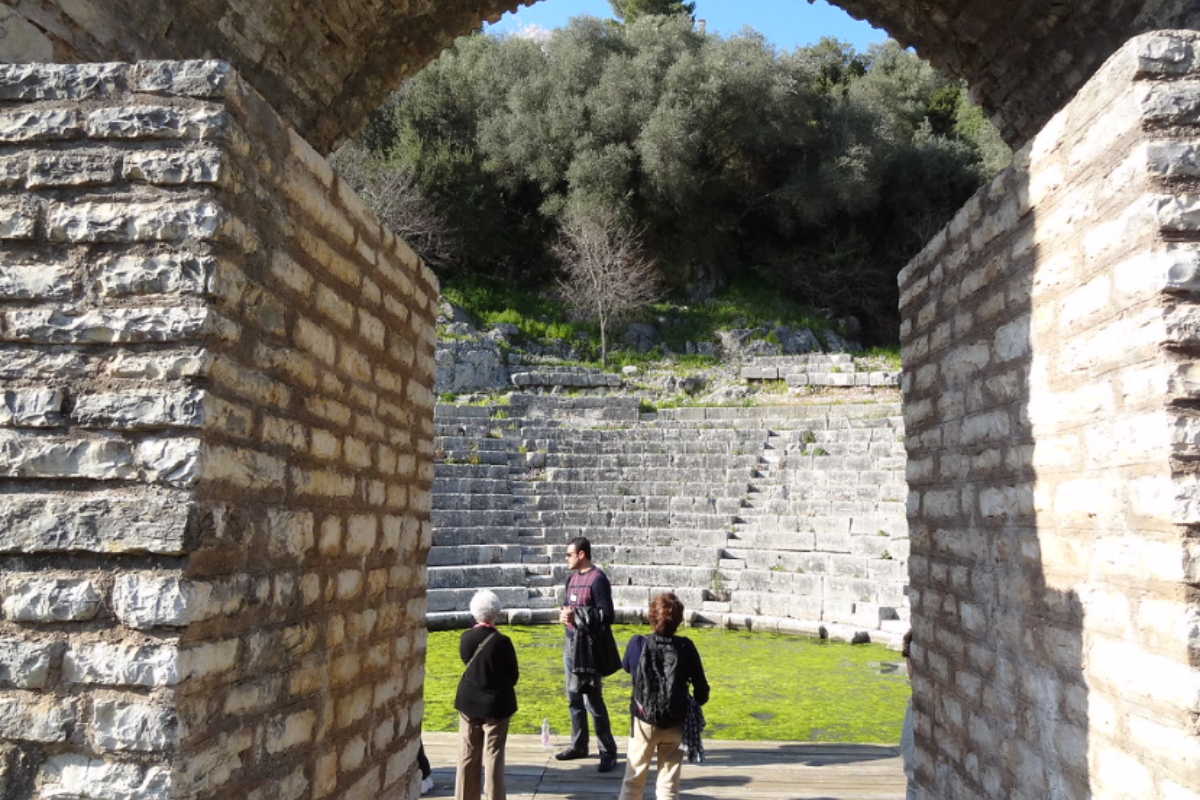
Hidden in southern Albania, this UNESCO site sits on a beautiful peninsula surrounded by lakes and channels. The theater was built so perfectly that modern acoustic tests show it has better sound quality than many modern venues.
Ancient surgeons once trained in its hospital, using tools similar to today’s. The city’s layers show continuous human presence from the Greeks through the Romans and beyond, each civilization building on top of the last.
Caesarea, Israel
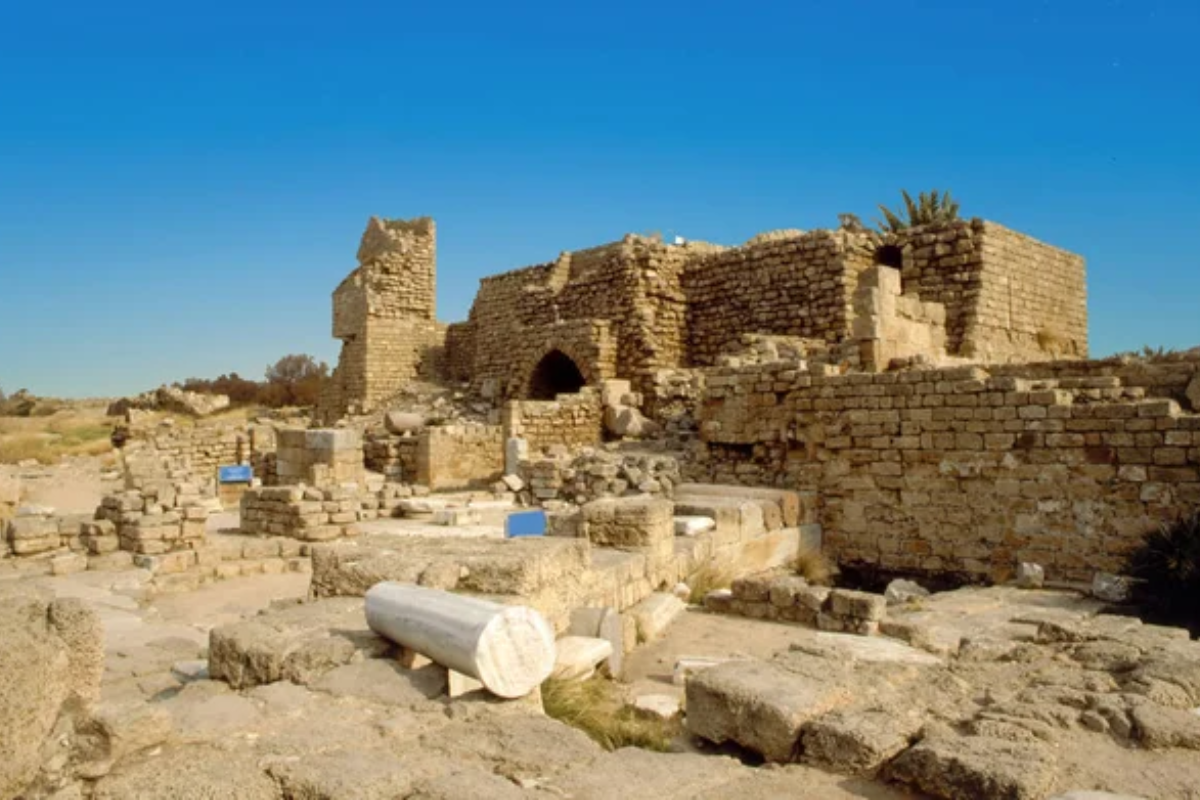
This ancient port city showcases Herod the Great’s incredible engineering skills with its massive harbor built right into the Mediterranean. Underwater archaeologists regularly find new treasures in its sunken harbor, from ancient anchors to gold coins.
The hippodrome hosted both chariot races and gladiatorial contests, sometimes flooding the arena for mock naval battles. Its amphitheater still hosts concerts today, letting visitors enjoy modern music in a 2,000-year-old venue.
Like Travel Pug’s content? Follow us on MSN.
Ephesus, Turkey
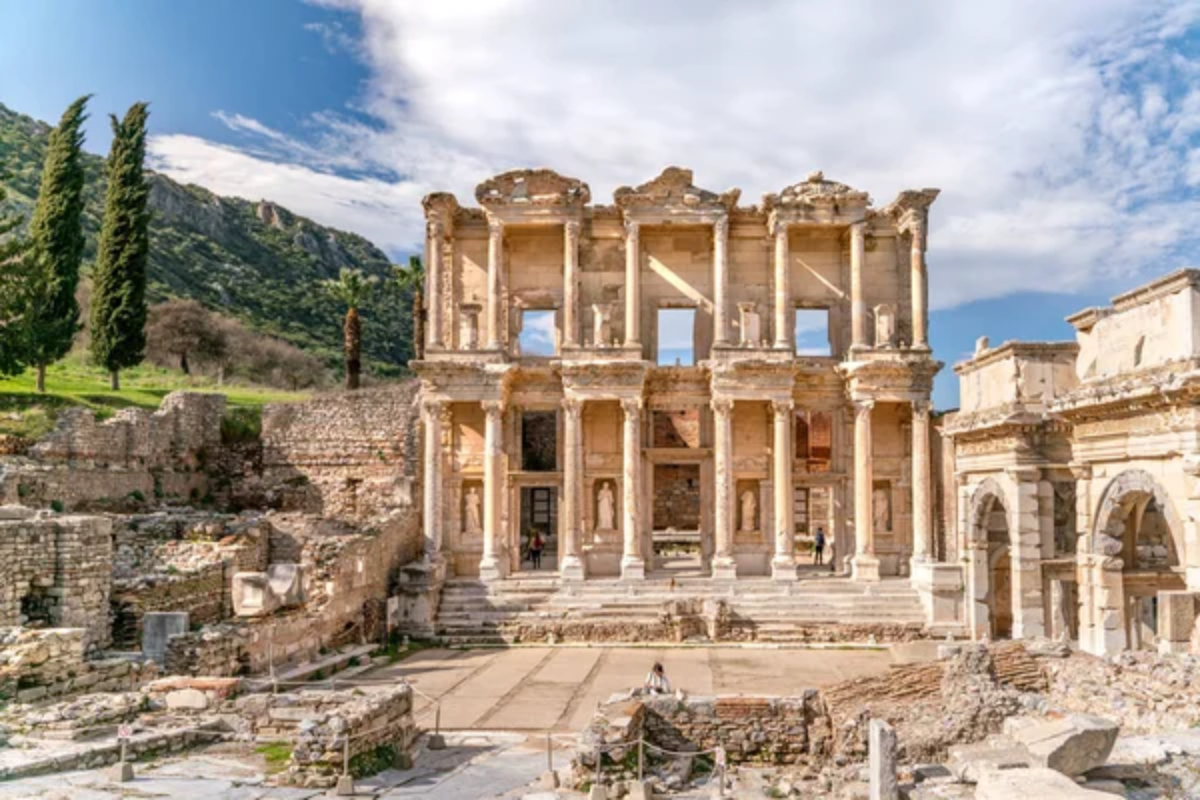
Turkey’s crown jewel of Roman architecture once housed one of the Seven Wonders of the Ancient World. The Library of Celsus stands three stories tall, and its facade was restored to show how Roman architecture could rival modern design.
Ancient public toilets were social gathering spots where people would spend hours chatting with friends. The massive theater could hold 25,000 people, making it larger than many modern concert venues.
Palmyra, Syria
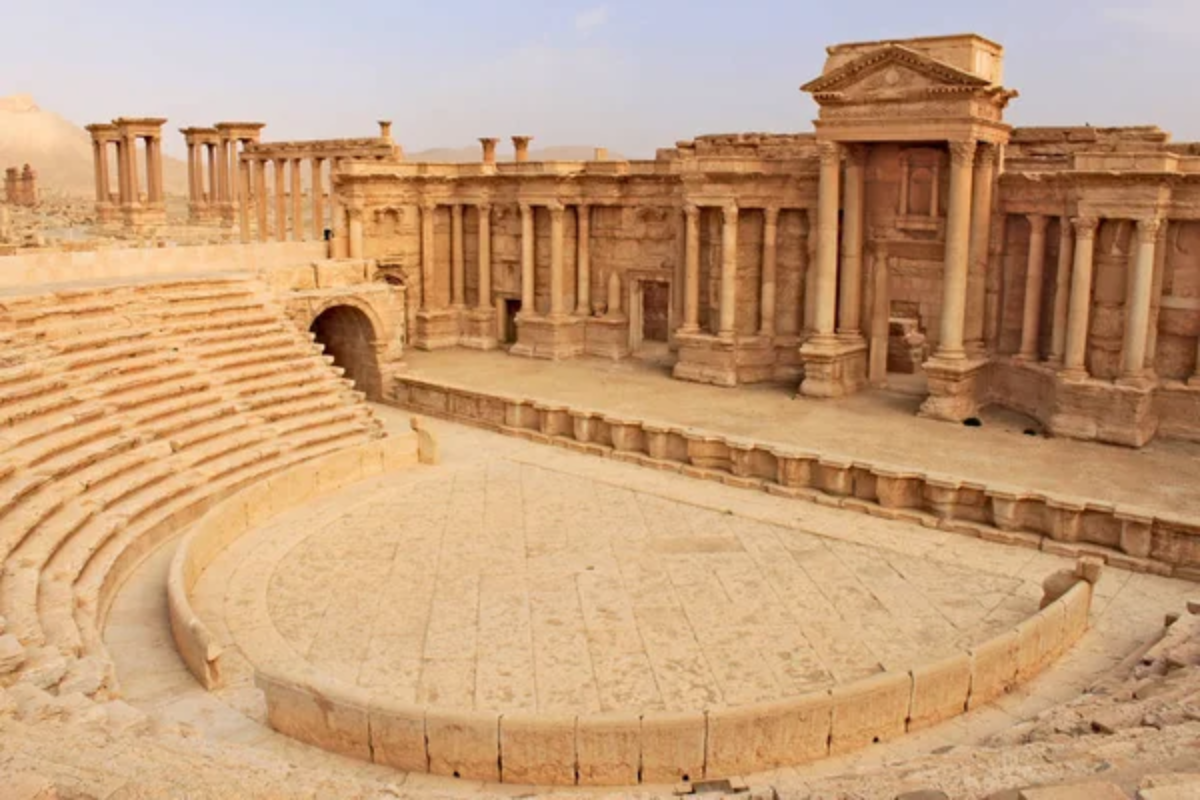
Standing at the crossroads of several ancient civilizations, Palmyra was once the most glamorous stop on the Silk Road. The Temple of Bel combined Roman architecture with local design to create new architectural styles.
Ancient travelers carved their names and stories into its walls, leaving behind a social media feed that lasted two millennia. Despite recent conflicts, many of its structures still testify to Roman engineering.
Aquincum, Hungary
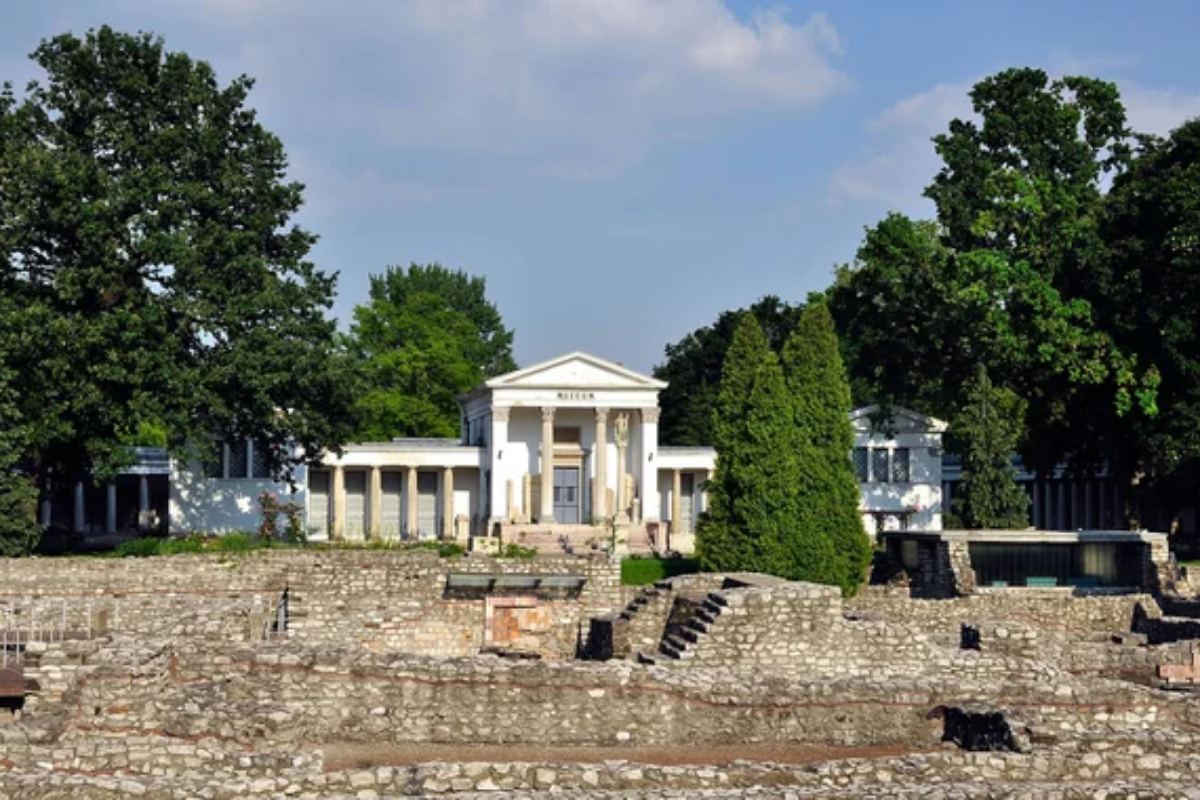
Budapest’s ancient Roman city lies quietly beneath the modern Hungarian capital. It had its own amphitheater and public baths. Archaeologists found ancient musical instruments that people could still play, including a water organ that worked like a pipe organ.
The city’s heating systems were so advanced that similar designs were used in Budapest’s famous baths centuries later. Local museums let visitors walk through reconstructed Roman homes with period-accurate furniture and decorations.
Like Travel Pug’s content? Follow us on MSN.
Carnuntum, Austria
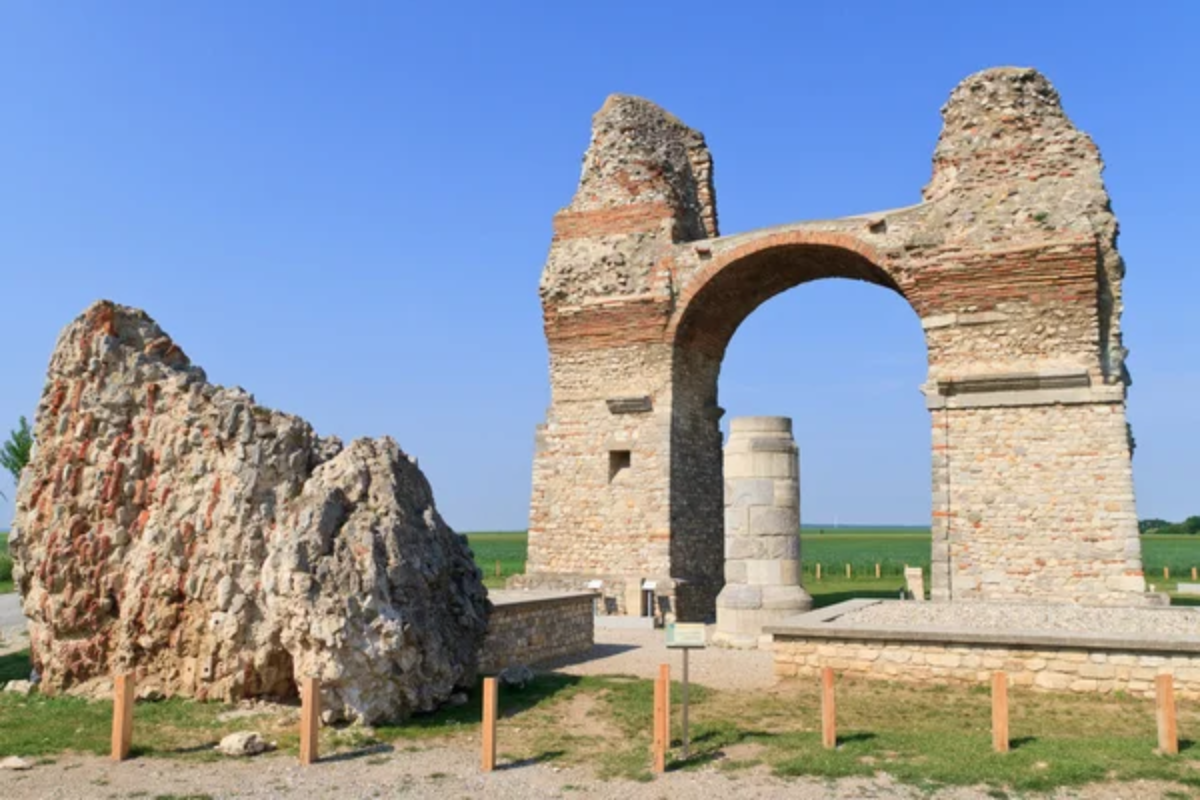
This frontier city near Vienna was so important that Marcus Aurelius wrote part of his famous ‘Meditations’ while staying here. Modern architects studied its unique heating systems to improve today’s energy-efficient building designs.
The city had a gladiator school where researchers found detailed training schedules carved into stone. Its public baths used local hot springs that still bubble up today, showing how Romans picked their city locations carefully.
Augusta Raurica, Switzerland
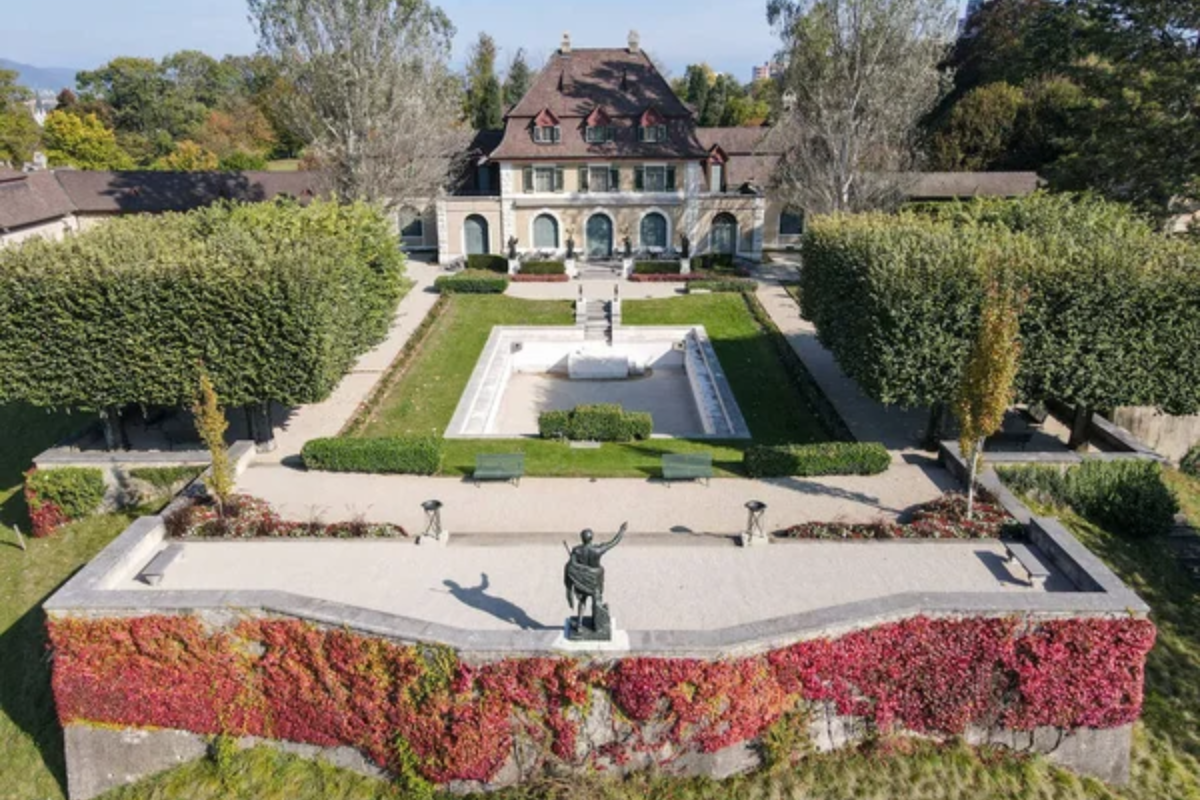
Just outside Basel sits Switzerland’s largest Roman ruins, complete with a silver treasure that would make modern bankers jealous. The city’s ancient theater has been restored so carefully that you can watch Roman comedies performed there every summer.
Archaeologists found children’s toys and games that look similar to modern ones, including ancient board games with clear rules. The site’s museum displays Roman fast-food stands that worked almost exactly like modern food trucks.
Trier, Germany
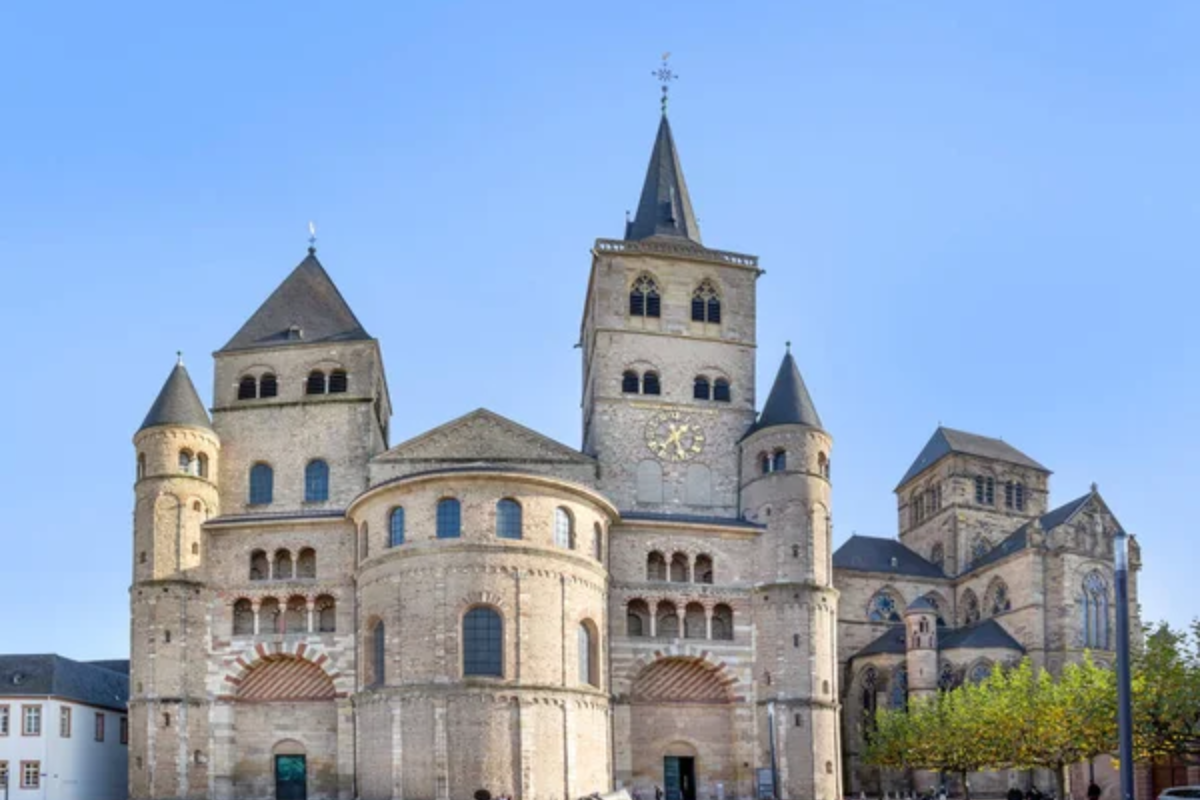
Germany’s oldest city contains the largest Roman structure north of the Alps – the massive Porta Nigra gate. Local builders studied the Roman concrete used here because it lasted better than some modern materials.
The city’s Roman bridge still carries traffic today, making it the oldest bridge in Germany that is still in use. The imperial baths were so huge that medieval knights later used them as castles, showing how Roman buildings found new lives throughout history.
Like Travel Pug’s content? Follow us on MSN.
Vindolanda, England
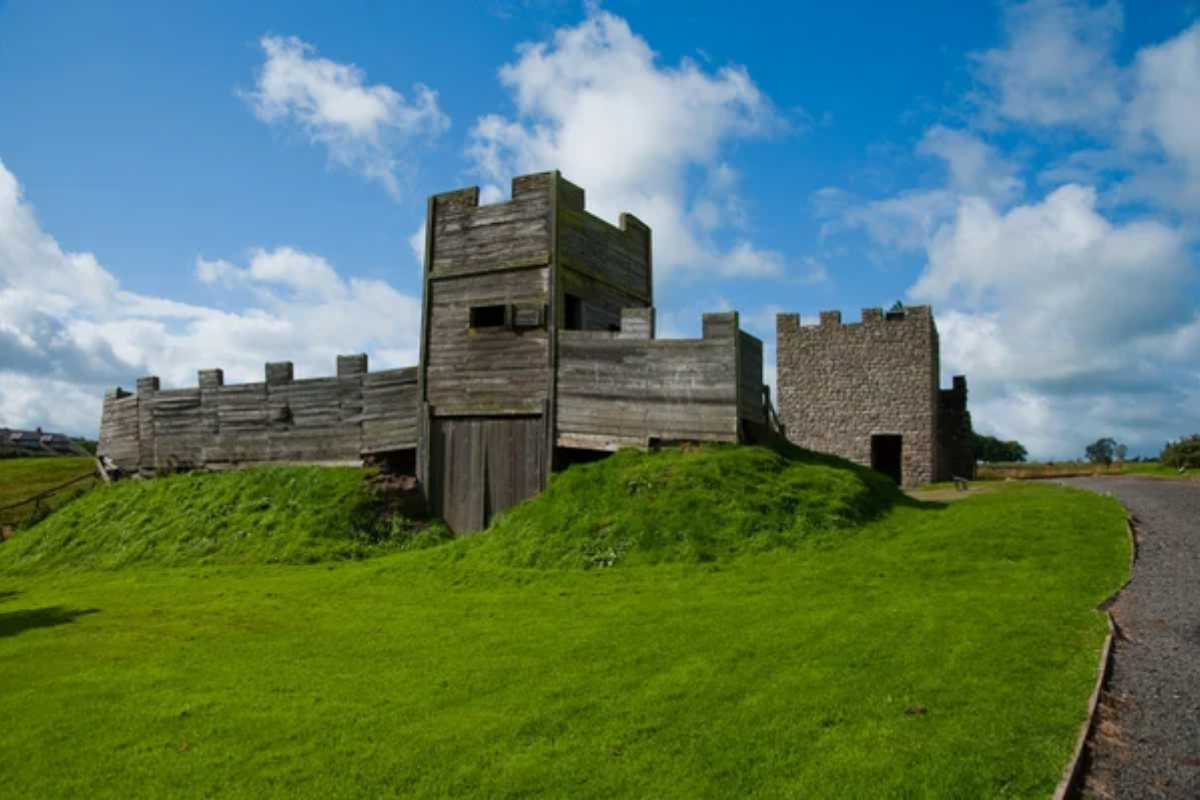
This frontier fort along Hadrian’s Wall has given archaeologists more Roman writing than any other site in Britain. Thousands of wooden tablets preserved in the mud include party invitations, shopping lists, and even birthday cards from 2,000 years ago.
The site’s oxygen-free soil preserved leather shoes so well that archaeologists could tell which ones belonged to children and which to adults. Recent digs keep finding new treasures, including the world’s oldest handwritten Roman documents in Britain.
Glanum, France
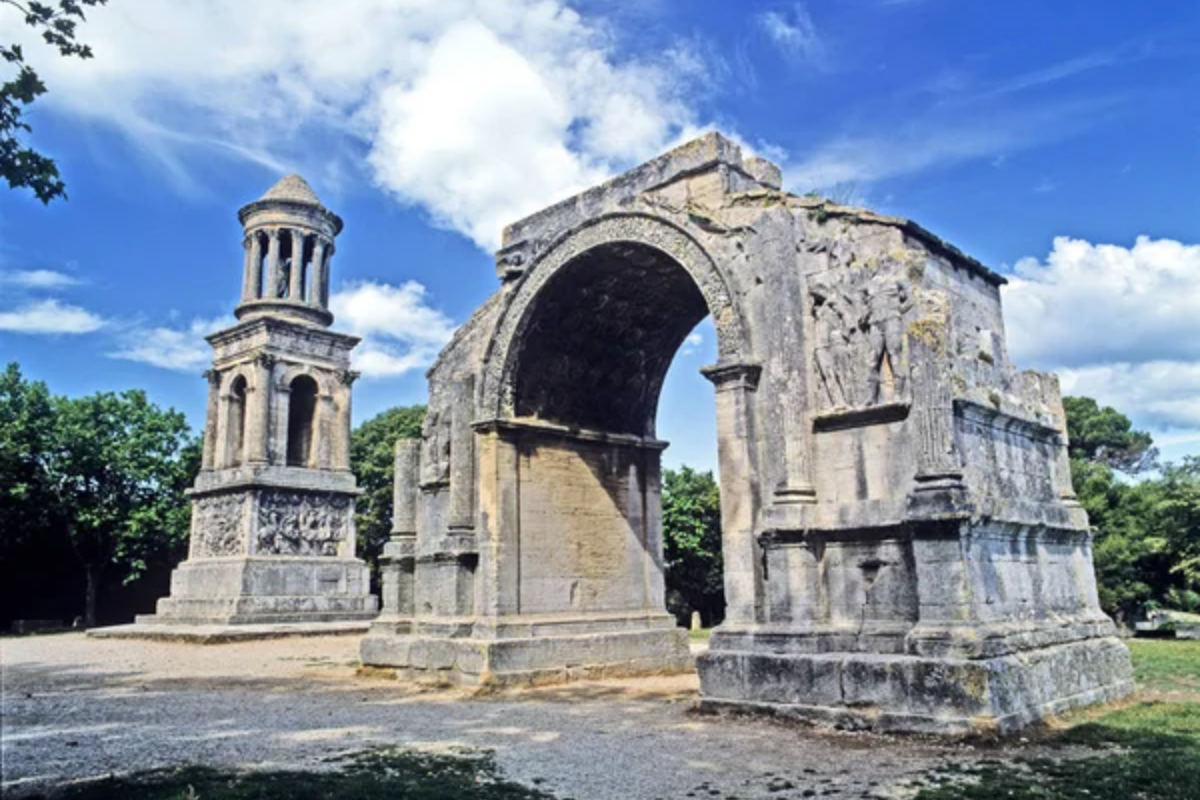
This hidden gem in Provence shows how Roman and Celtic cultures mixed to create something new. The site’s sacred spring still flows with water that local legends say has healing powers.
Archaeological evidence shows that doctors here performed successful brain surgery nearly 2,000 years ago. The city’s temples combine Roman and Celtic gods in ways that show how the empire adapted to local beliefs.
Empúries, Spain
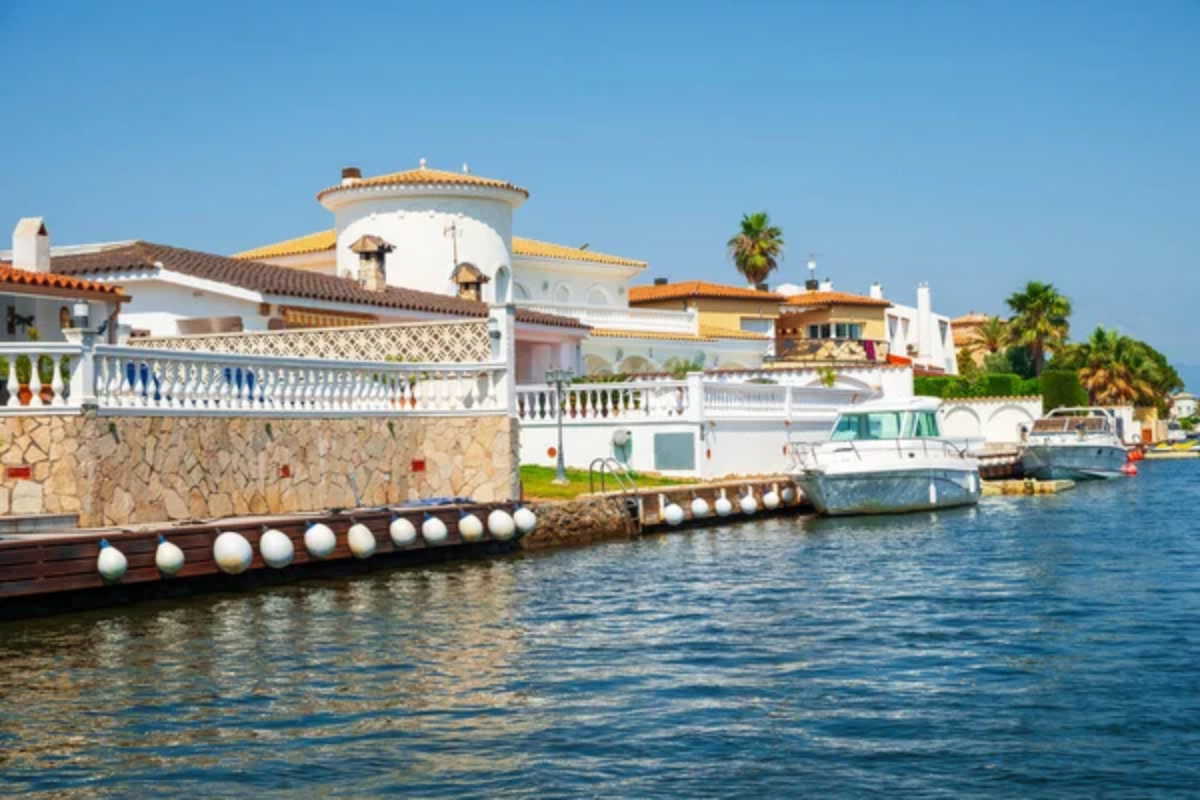
This coastal site in Catalonia was one of the first Roman cities in Spain. Its beaches look exactly like they did 2,000 years ago. The city’s original harbor works so well that modern engineers study it to improve today’s ports.
Archaeologists found ancient fish farms that worked better than some modern ones, using tidal flows to trap fish. The site’s stunning mosaics show scenes of sea life that still swim in the nearby waters.
Like Travel Pug’s content? Follow us on MSN.
Segobriga, Spain
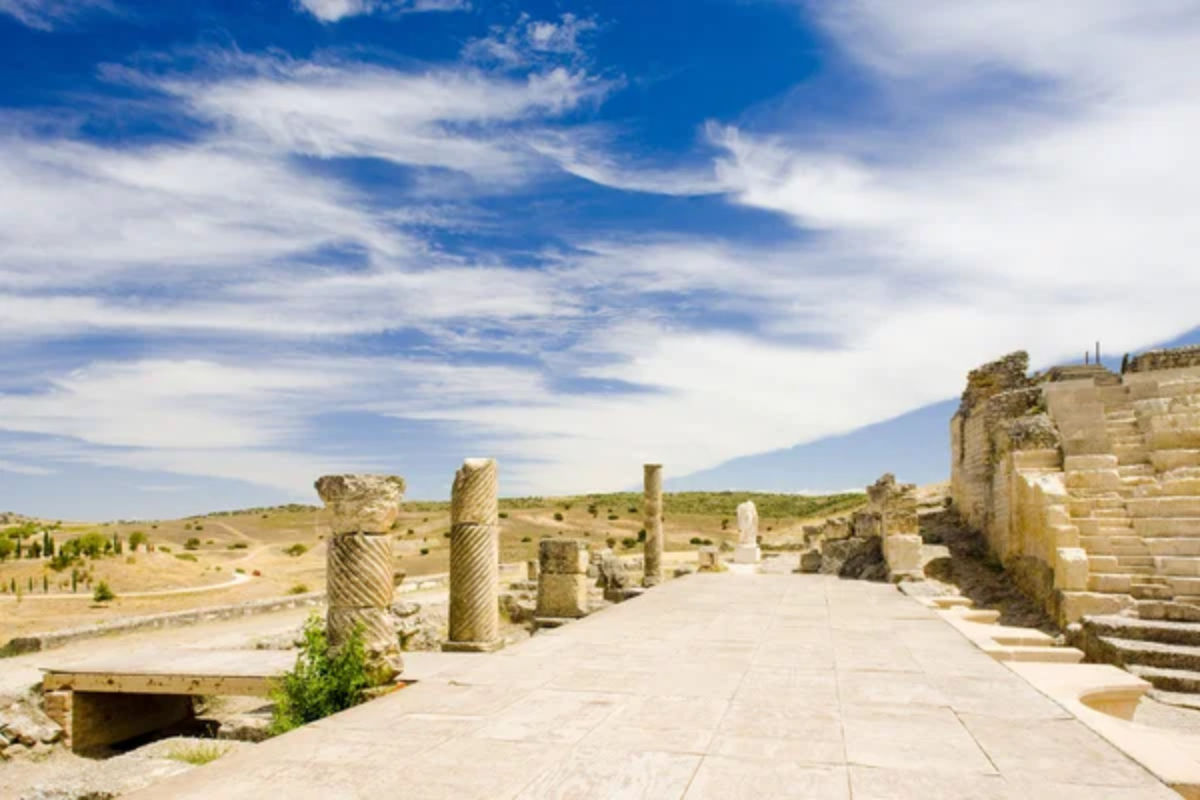
Hidden in central Spain, this complete Roman city was once famous across the empire for its high-quality building stone. The amphitheater here was built into a hillside so perfectly that it needed minimal artificial support.
Archaeologists found evidence of a major Roman mining operation that shipped special crystals used in greenhouse windows across the empire. The city’s circus could hold more spectators than the current population of the nearby modern town.
Aphrodisias, Turkey

This city of marble workers and sculptors produced some of the finest art in the Roman world. The stadium here is better preserved than the one in Rome, stretching longer than three football fields.
Ancient sculptor’s workshops still have unfinished statues that show how Roman artists worked. The temple of Aphrodite was so famous that people traveled from across the empire just to leave offerings there.
Djémila, Algeria
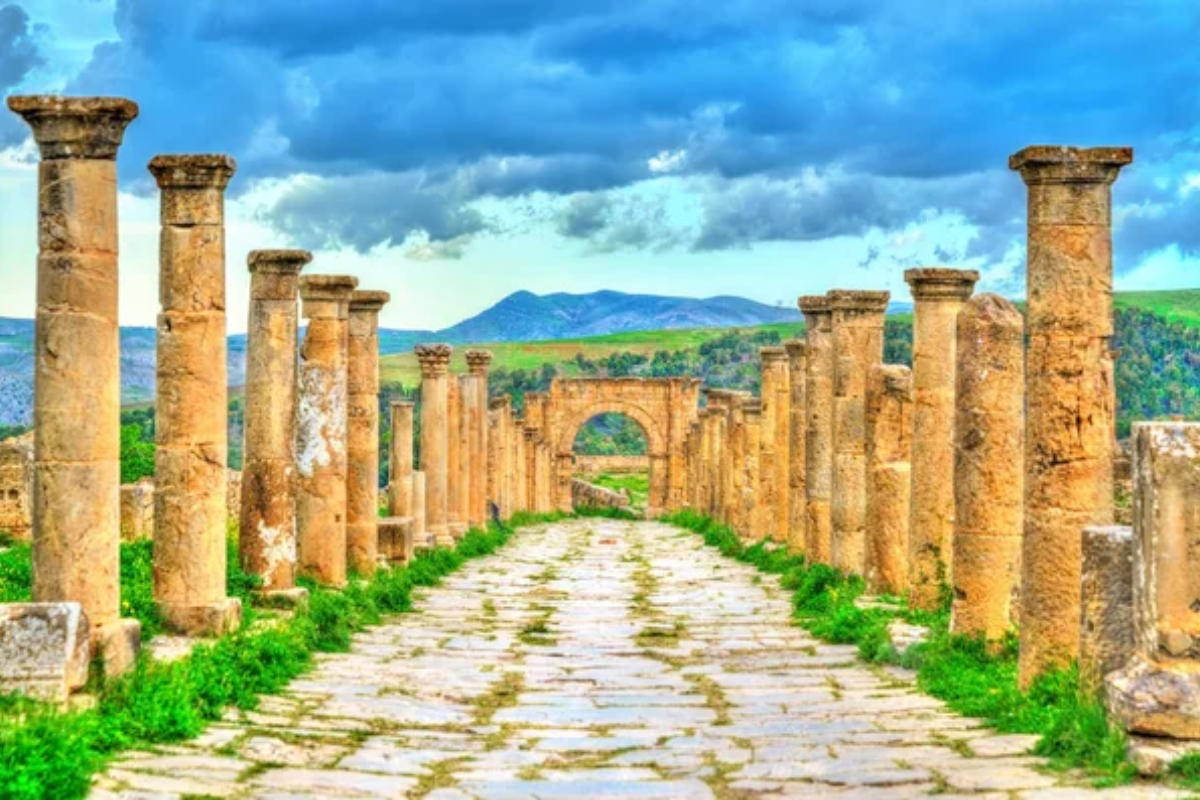
Clinging to a mountainside in northern Algeria, this well-preserved city shows how Rothemans adapted their standard city plans to challenging terrain. The market still has stone tables with built-in measuring systems to prevent ancient merchants from cheating.
Public fountains used gravity-fed systems that worked better than some modern water supplies. The city’s temples, forums, and theaters had to be built on different levels, creating a unique architectural style.
Like Travel Pug’s content? Follow us on MSN.
Roman Footprints Across Time
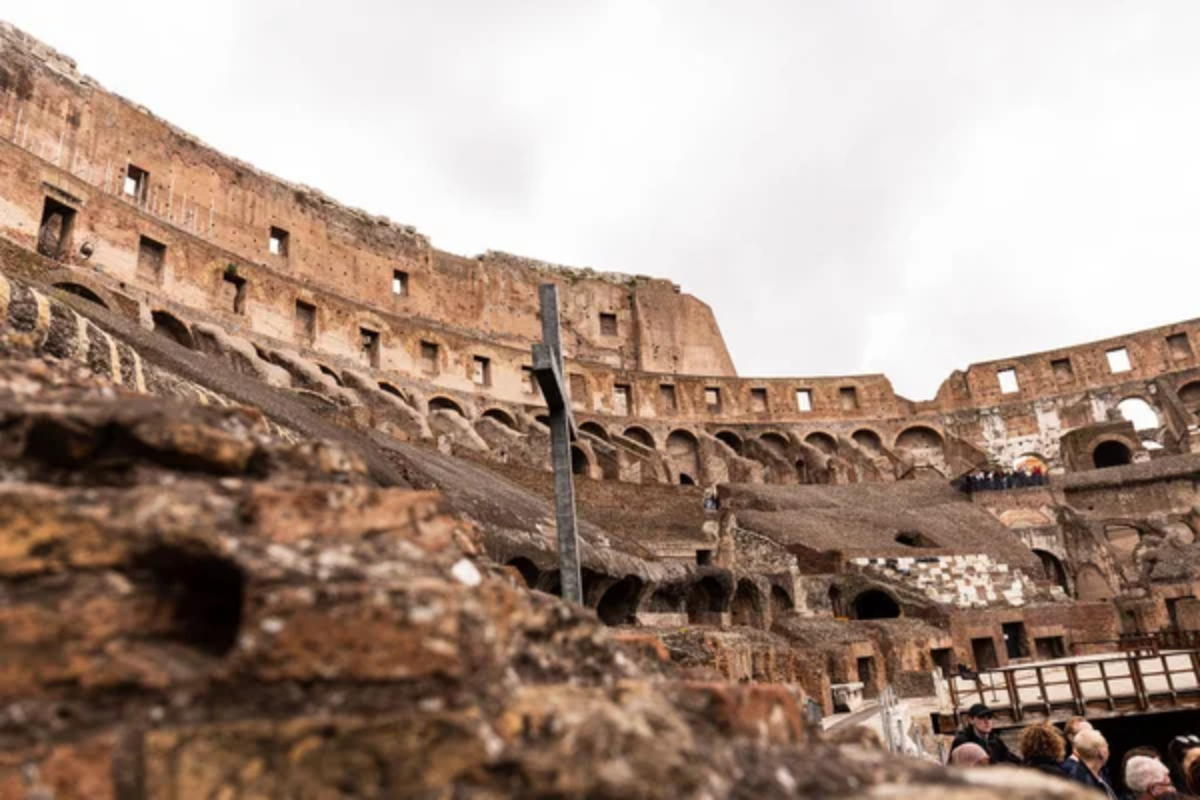
These magnificent sites prove that Roman engineering wasn’t just about grand monuments but about creating lasting solutions to everyday problems. From water systems we still use today to entertainment venues that rival modern theaters, these ruins show how much we still share with our ancient ancestors.
Many of these sites still teach us new things, with archaeologists making discoveries that change our understanding of Roman life. While Rome will always be special, these hidden gems prove that some of the empire’s most impressive achievements happened far from the eternal city.
More from Travel Pug

- 20 Towns Built for One Purpose That Were Later Abandoned
- 15 Hidden Spots in Disney World’s Magic Kingdom Most Visitors Miss
- 15 Most Scenic Walks Anywhere in The World
- 15 Canyons in the U.S. That Are Just as Stunning as the Grand Canyon
- 10 Under-the-Radar Mountain Towns That Are Both Affordable and Beautiful
Like Travel Pug’s content? Follow us on MSN.
